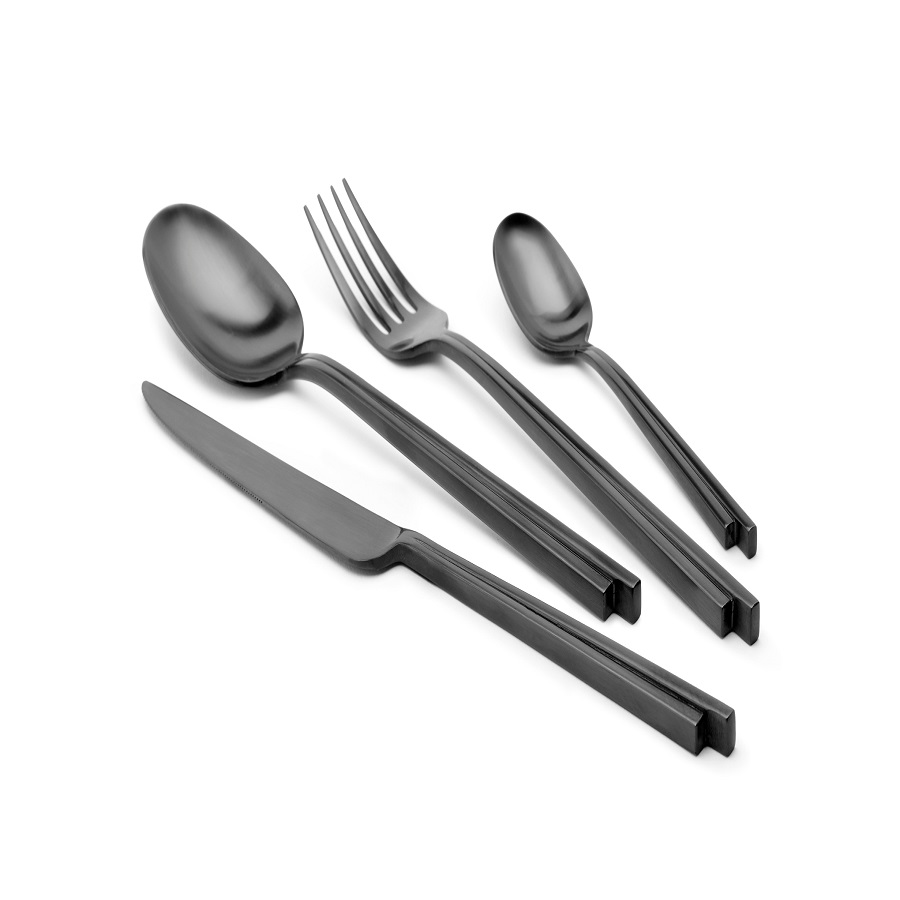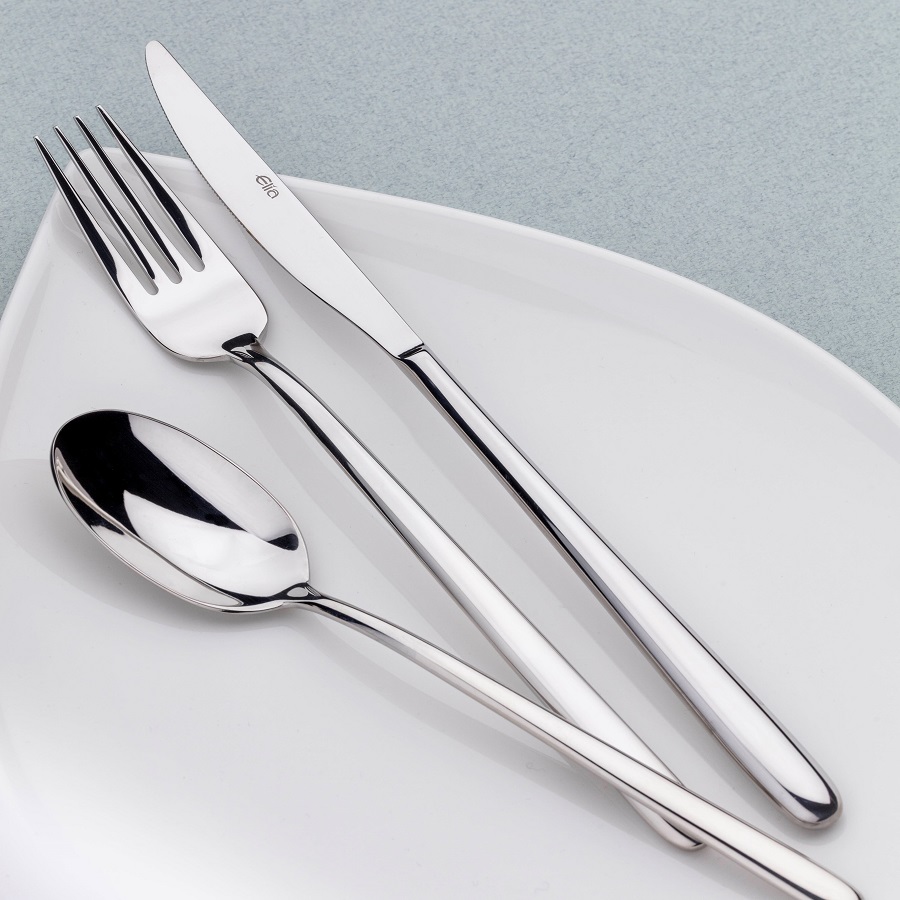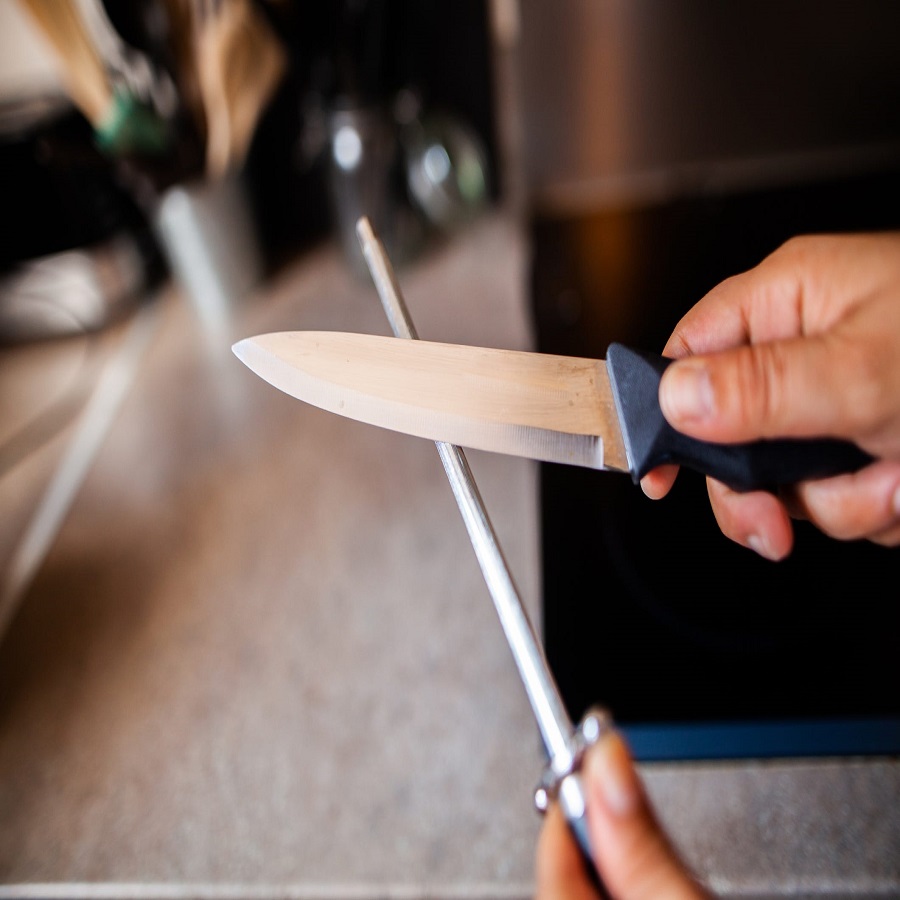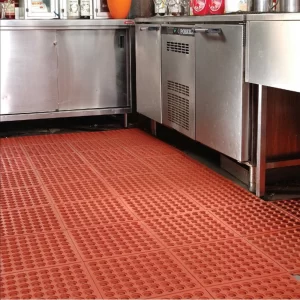The History and Evolution of Cutlery
The story of cutlery is long and rich. It is a tale of how eating tools have changed across centuries. Cutlery’s evolution is a mirror to human culture and innovation. Here, we delve into the journey from basic to intricate dining implements.
The earliest cutlery forms were simple and practical. In ancient times, people often used their hands for eating. Tools like sticks and stones helped in eating tougher foods. As humans settled and societies developed, it became more refined.
Bronze and iron marked early advancements in this materials. The specific utility gave birth to knives, spoons, and forks. Their shapes and sizes varied greatly across different cultures and periods.
The fork, for example, was not widely accepted in all cultures initially. It had a slow start in the West. It was first seen in the noble courts of the Middle East. Over time, it became a dining staple in Europe.
It has not just evolved for practicality but also as a status symbol. The rich often had cutlery made of precious metals. Intricate designs and family crests adorned these pieces. They were a display of wealth and class.
In more recent history, stainless steel revolutionized cutlery manufacturing. It made quality cutlery accessible to the masses. Modern production methods have further enhanced this accessibility.
Today, what is cutlery? It is a combination of heritage and modern convenience. Even with disposable and innovative options, traditional cutlery remains in high regard.
Understanding the history of it provides a greater appreciation for these everyday tools. It reminds us of their vital role in the development of dining culture. As we explore further, remember cutlery’s roots. They remind us of the continuous human drive for improvement and elegance at the dining table.
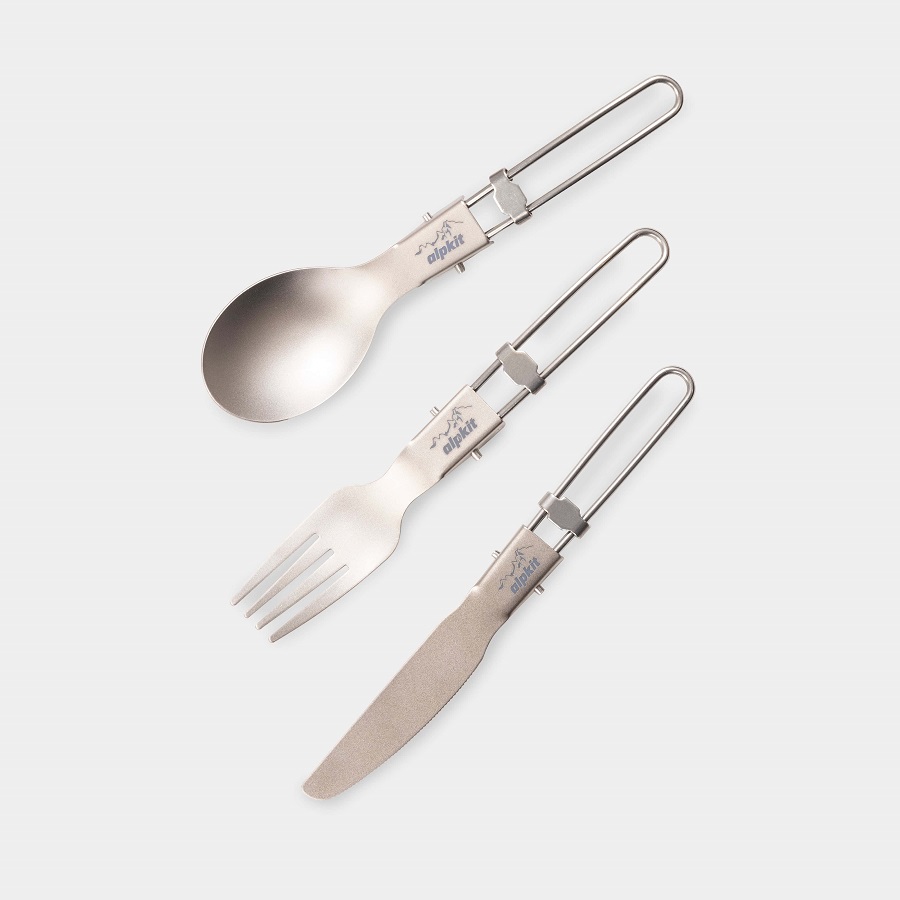 Types of Cutlery Around the World
Types of Cutlery Around the World
When thinking ‘What is cutlery?’, one might picture the traditional knife, fork, and spoon. But cutlery varies greatly across the globe, reflecting diverse culinary traditions and eating habits. As we journey around the world, we discover the fascinating varieties of it that differ from one culture to another.
In East Asia, chopsticks reign supreme. Crafted from bamboo, wood, or metal, they represent millennia of history. They require skill and dexterity to use, a staple at meals in countries like China, Japan, and Korea.
In India, many prefer eating with their hands, considering it an intimate way to connect with their food. However, spoons and a unique cutlery piece known as ‘karahi’ are also common for specific dishes.
Middle Eastern dining often includes a wide array of spoons, knives, and forks, but also features special tools. A ‘mezze fork’, for instance, is used for small plate dishes.
In Ethiopia, the ‘ingera’ is not just food but a tool for eating. Diners use pieces of this spongy bread to grip and eat their meals.
Italians have an array of pasta forks, designed to tackle various pasta shapes. And in France, oyster forks and cheese knives highlight their rich culinary tradition.
Each piece of it, from the simple to the elaborate, reflects a country’s cuisine and etiquette. They stand as artifacts of cultural identity, sculpted by local foods and customs. By exploring these diverse types, we expand our understanding of ‘what is cutlery’ in the context of a global dining experience.
Materials Used in Cutlery Manufacturing
The materials used in cutlery manufacturing are as diverse as cutlery types themselves. They define durability, aesthetic appeal, and even the cutlery’s environmental impact. The choice of material can affect taste and the overall dining experience.
Stainless steel is the most common material in modern. It’s strong, resistant to rust, and easy to clean. It contains iron, carbon, and at least 10.5% chromium, which provides corrosion resistance. The addition of nickel improves its resilience and shine. This combination makes stainless steel cutlery versatile and affordable.
Silver was once a popular material for fine dining cutlery. It signifies elegance and wealth. Silver cutlery is soft, so it requires careful handling and regular polishing. Today, it’s less common due to its high cost and maintenance.
Plastic cutlery provides a lightweight option. It’s often disposable, making it convenient for on-the-go use. However, plastic’s environmental toll prompts people to seek greener alternatives.
Bamboo and wood offer sustainable choices. They bring a natural look and feel to the table. These materials need special care to avoid water damage and cracking.
Titanium and ceramic are modern, high-tech options. Titanium is lightweight and exceptionally strong. Ceramic blades stay sharp for a long time but are prone to chipping.
Manufacturers also use biodegradable materials like cornstarch and wheat bran. These innovations aim to reduce waste and are growing in popularity.
In summary, when answering ‘what is cutlery’ in terms of materials, we see a broad spectrum. Each material has unique properties suited to different needs and occasions. Quality, aesthetics, and environmental considerations all play a role in the choice of it materials.
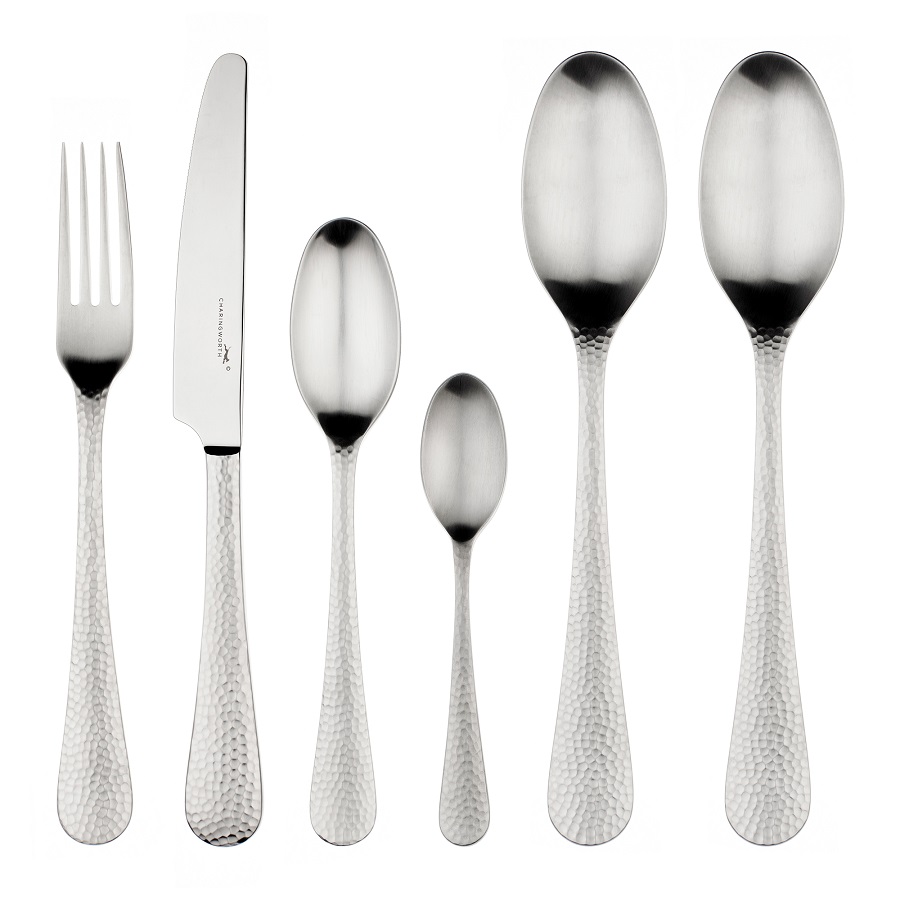 Proper Cutlery Etiquette and Usage
Proper Cutlery Etiquette and Usage
When we ask ‘What is cutlery?’, we often think of its physical forms. Yet, understanding cutlery also involves knowing how to use it properly. Proper etiquette is essential for a polished dining experience, regardless of the cultural context. Here, we delve into the basics of it etiquette and its practical usage across various dining scenarios.
Cutlery etiquette spans from the straightforward to the complex. It begins with the basic grip. Hold forks with your left hand and knives with your right. However, in some cultures, swapping hands after cutting is standard. Ensure the blade points inwards towards the plate. This is seen as respectful and safer at the table.
One should use spoons for soups and desserts. The rule of thumb is to move your spoon away from you when scooping soup. This minimizes the risk of splashing. When it comes to dessert, if a dessert fork is provided, use it together with the spoon.
Piece placement signals your dining progress. Resting your fork and knife on the plate at an angle shows you are still eating. Placing them together vertically in the center indicates you are finished.
At formal occasions, the cutlery layout guides your course sequence. Start with the outermost pieces and work your way inwards with each course.
Remember, usage varies across cultures. In East Asia, for example, mastering chopsticks is key. Don’t stick them upright in a bowl, as this is considered impolite. Instead, rest them on the provided holder.
In conclusion, proper cutlery etiquette and usage are about more than just eating. They’re about respect and comfort for everyone at the table. Know how to handle cutlery, and you’ll dine confidently, whether at home or abroad.
How to Choose Quality Cutlery for Your Home
Choosing quality cutlery is crucial for every household. Good not only enhances the dining experience but also lasts longer. Here are key points to consider when selecting cutlery for your home.
- Material Matters: Opt for stainless steel for durability and easy maintenance. Titanium or ceramic are also good for specific needs.
- Weight and Balance: Hold a piece in your hand. It should feel comfortable and balanced, not too heavy or light.
- Design and Aesthetics: Look for designs that match your style and dining decor. They should also be functional.
- Size and Set Configuration: Consider the types and number of pieces you need. A basic set includes knives, forks, and spoons.
- Brand Reputation: Research brands. Look for those with good reviews and customer satisfaction.
- Maintenance Needs: Check if the it is dishwasher safe. Some materials may require extra care.
- Cost: Quality comes at a price, but there is it for every budget. Aim for the best within your range.
Remember these tips, and you’ll find quality cutlery for your dining table. It’s a worthwhile investment for the comfort and elegance it brings to your meals.
Maintenance and Care for Long-Lasting Cutlery
To ensure cutlery longevity, proper maintenance and care are crucial. Here’s how you can keep your cutlery in pristine condition for years to come.
- Clean Regularly: Wash your cutlery soon after use. This prevents food from drying and sticking.
- Use Appropriate Cleaning Methods: For stainless steel, use warm water and mild detergent. Avoid abrasive scrubbers.
- Dry Immediately: After washing, dry cutlery instantly to prevent water spots and rust.
- Polish Occasionally: Silver cutlery needs polishing to keep tarnish at bay. Use a gentle polish and soft cloth.
- Store Correctly: Place cutlery in a dry drawer or a rack. This avoids scratches and damage.
- Handle With Care: Don’t use knives as can openers. This can damage their edges.
- Dishwasher Tips: If using a dishwasher, separate stainless steel from silver to prevent a chemical reaction.
- Avoid Harmful Chemicals: Chlorine and bleach can corrode or discolor cutlery. Stay clear of them.
- Inspect Regularly: Check for any signs of wear or damage. Address issues early.
By following these simple steps, yours will maintain its function and appearance, making every meal a more pleasant experience.
Innovative Cutlery Designs and Their Functions
In answering ‘What is cutlery?’ we also look at modern innovation. Unique this designs now go beyond basic functions to enhance the dining experience.
- Ergonomic Handles: More comfort and better grip are key. Designers focus on handle shapes that fit all hand sizes.
- Multipurpose Cutlery: Some pieces combine functions, like a fork that works as a pizza wheel.
- Color-Coded Cutlery: Colors can indicate various uses or allergen risks. They make mealtime safer and organized.
- Heat-Responsive Utensils: Some change color to reveal food temperature. This helps avoid burns.
- Tools for Special Diets: It tailored for dietary needs exists too, like gluten-free spreaders.
- Edible Cutlery: These reduce waste. Made from grain, you can eat them after use.
- Cutlery for Kids: Smaller sizes and fun shapes help kids learn to eat on their own. They make mealtimes enjoyable.
Innovation in cutlery design ensures there’s a tool for every need. Such designs can make eating easier for people with disabilities or enhance the way we engage with food. New features and functions continually reshape our answer to ‘What is cutlery?’
The Role of Cutlery in Culinary Presentation –
Culinary presentation plays a pivotal role in the dining experience. With the right cutlery, every meal turns into an art form. Here is how cutlery contributes to the culinary presentation.
- Enhances Visual Appeal: Properly placed cutlery frames a plate beautifully. It adds symmetry and style to the table setting.
- Complements Dish Elements: It tailored for specific foods can elevate a dish. For instance, a delicate pastry fork or a snail tong for escargots.
- Facilitates Elegant Consumption: Cutlery enables diners to enjoy their food with grace. It complements the dish’s structure, making it easier to consume.
- Reflects Dining Themes: Themed cutlery, like rustic or modern, adds to the ambiance of a meal. It aligns with the decor and enhances the overall theme.
- Signals Course Progression: Different types of it set out for multiple courses signal the meal’s flow. They act as cues for diners.
- Invites Interaction: Interactive it design invites guests to engage with their food. It becomes a talking point and enriches the dining experience.
In short, it is much more than tools for eating. They are crucial elements of presentation, affecting the aesthetics and function of dining. By choosing the right, hosts and chefs can turn a simple meal into an extraordinary experience.